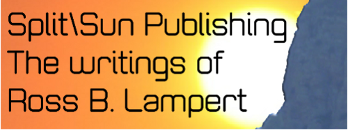

“The Lady of the Lake” is Sir Walter Scott’s epic poetic tale of two, or possibly three, men who seek the hand of Ellen Douglas, the beautiful daughter of a Scottish nobleman (?). She lives with her father and retainers on a remote island on Loch Katrine, a lake in southwestern Scotland. One of the men, Malcolm Graeme, has been wooing her for a while; the second, James Fitz-James, is presented as a hunter who discovers Ellen and the isle after getting lost while chasing a deer; and the possible third suitor, Roderick Dhu, is the chief of a rebellious Scottish clan.
Conflict ensues between the men, of course, while at the same time Dhu is making trouble for the English king at Stirling Castle, not far away...
Read More











Recent Comments